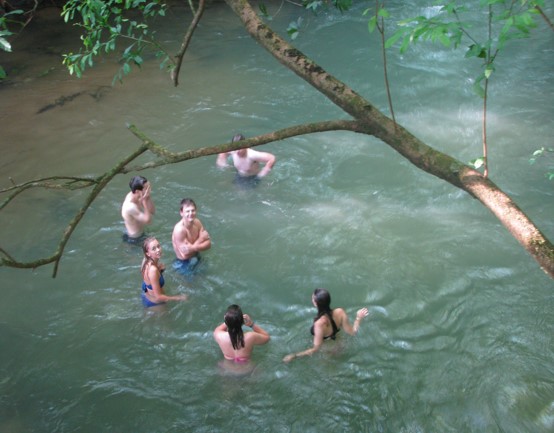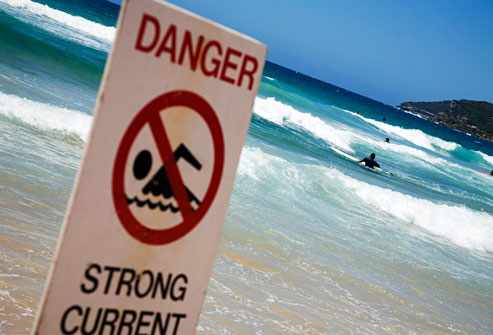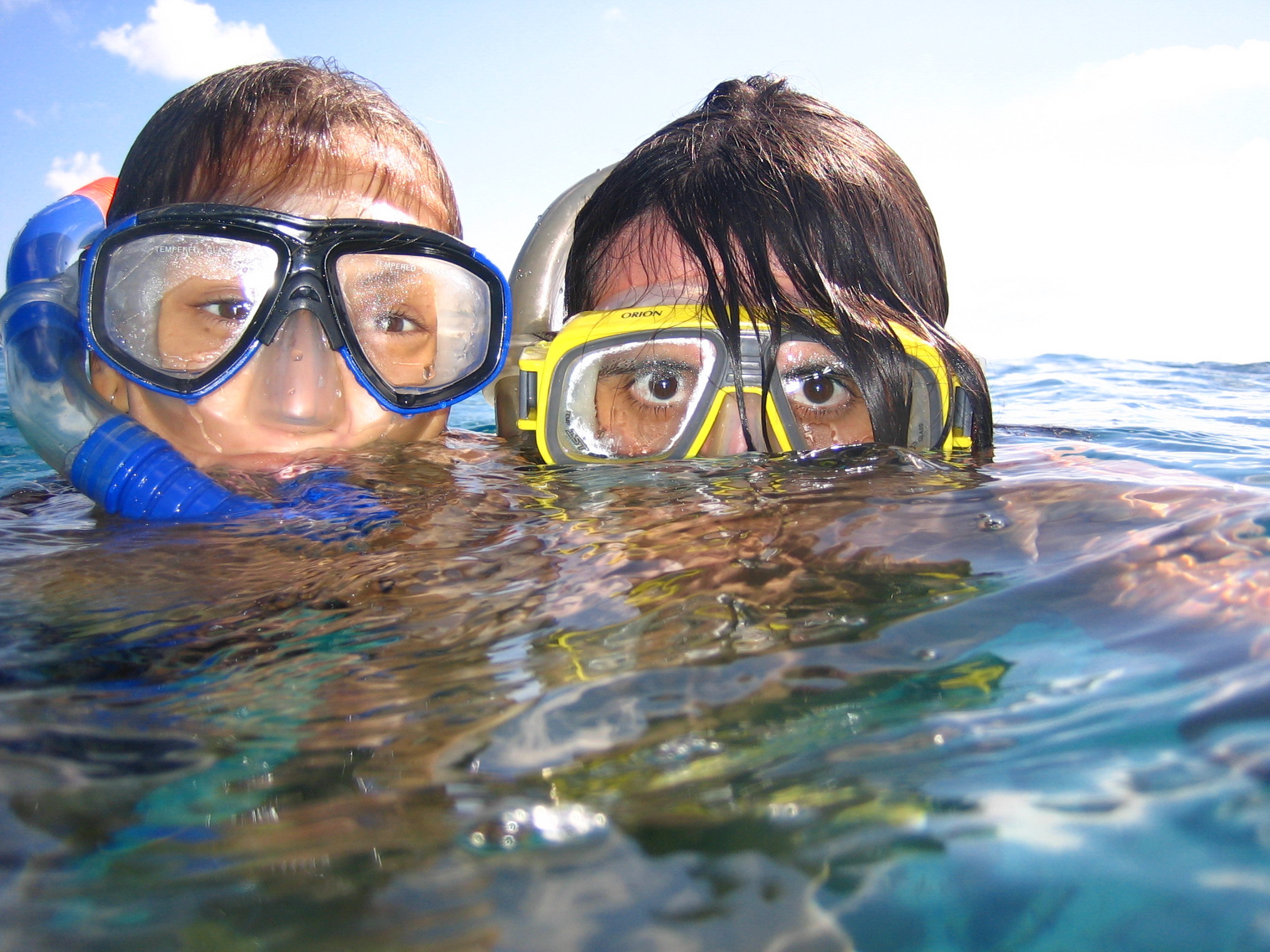A Return to Programming in a Pandemic/Post-Pandemic World
/by Bill Frederick
The salutations that accompanied 2021’s tentative initial baby steps seemed to be more about wishing for a better new year than for a happy new year. A pandemic year of continuous planning and disruption has made us more cautious. For most study abroad practitioners there was comfort in the quiet New Year’s Eve, that perhaps the election and the emergence of vaccines will allow politics and SARS CoV 2 to recede from their preeminence in our lives.
However, the first weeks of the new year have already seen the U.S. Capital building under siege, a second Trump impeachment and growing concern that the SARS CoV 2 virus mutations may outrun the effectiveness of the newly available vaccines. We should also recall that COVID-19 was not the only cause of program suspensions and cancelations in 2019 - 2020. Tropical cyclones, wildfires, political unrest and disease outbreaks continue to occur more frequently and/or at greater magnitudes than we’ve experienced before. If 2021 does eventually see a significant return to travel for international education, what will the world look like?
January has become the time when travel assistance providers, security agencies and think tanks produce outlooks for the upcoming year. One thing they are making clear this year is that we are not going to be “returning to normal” per se in a post pandemic world. In international education we will be obliged to continue to develop the kinds of technologies, skills and perspectives similar and different to those the pandemic inspired.
The Hazard Landscape
The most obvious sources of disruption will be political and climate related, but some of the underlying dynamics have evolved such that it will not simply be a resumption of pre COVID-19 trends.
The Risk Advisory Group, a risk management consultancy, forecasts that nationalism, authoritarianism and populism’s resurgence will intensify in the coming year. Accompanied by the pandemic depletion of their economies, most governments will be focused on competition (internally and externally) as self-interest and unilateralism become the preferred modes of action. The world will be less equal and less liberal. The erosion of the rules based multilateral order is not promising for environmental, economic, social and political problem solving. Pent-up grievances, divisions and disputes will surge and many governments will respond with more aggressive efforts to control their citizens. For education abroad, the most immediate impact may include more political upheaval, protests, an increase in regional conflicts, terrorism and crime.
You don’t need to be a committed activist with Extinction Rebellion to be alarmed by the climate facts of 2020:
2020 is tied with 2016 as the warmest year on record.
Jan-Feb | Australia – Australia recorded its largest and most destructive bushfire season on record in 2019-20.
March-May | East Africa - The region experienced disastrous flooding between March and May. A changing climate is also likely to have contributed to one of the region’s worst locust invasions in decades.
June | Russia – Temperatures on 20 June rose to 38 degrees Celsius in the Russian town of Verkhoyansk, the highest recorded north of the Arctic Circle.
August | US – The Western United States experienced an unprecedented wildfire season with major fires in Oregon, Washington and Colorado. In August, California recorded its first “giga-fire”.
Oct-Nov | Southeast Asia – severe flooding occurred across Asia, particularly in Southeast Asia where eight cyclones and depressions made landfall between October and November.
November | North Atlantic (North America/Caribbean) – The North Atlantic Hurricane Season saw 30 tropical storms from July to November, breaking the previous record of 28 (2005) and well above the average of 12. It ended with back-to-back category 4 hurricanes in Central America.
Steven Pinker in Enlightenment Now (2018), used social science data to make the case that the Enlightenment values of reason, science and humanism have brought progress in terms of health, safety, security, prosperity and happiness, making the time of his writing in 2016, the safest and most prosperous time in human history. The pandemic has interrupted that trajectory. Among calamities, the UN projects that 32 million people will be pulled back into extreme poverty this year. Famine, a rarity of late, will become less rare. Political, economic and climate refugees will continue to increase. Pinker’s point is that people with values and intention were able to bring about the most peaceful and prosperous time in history. It could be argued that people with different values and intentions brought us to where we find ourselves today. From this moral perspective, education should have its shoulder to the wheel pushing us towards peace and prosperity. And international education is the vehicle for fostering cross cultural global perspectives as well as a means for developing the social, political, economic and technical expertise that is needed to make the world a better place.
Lessons Learned
By early summer 2020 schools, camps, the military, professional sports, etc. had experienced COVID outbreaks. Patterns of failure were emerging characterized by COVID-19 risk management plans similar to the risk management plans designed for other hazards. Programs sought out some authoritative guidance, implemented some risk reduction measures and then had outbreaks.
The “authorities” that provided guidelines for various kinds of operation were ineffective at communicating the limitations of their pronouncements. The CDC was saying that if you choose to do x, y or z, here are some recommended practices for risk reduction. This is very different than saying that if you follow these practices, then it is safe to do x, y and z. Most state and local risk reduction protocols, both domestically and abroad, were designed not to keep individuals safe from infection per se, but to prevent medical facilities from becoming overwhelmed. Allowing indoor dining or nail salon operation is not the same as declaring they are safe.
In the midst of conflicting information regarding disease spread and risk reduction, (3 feet or 6 feet for social distancing? Do masks only protect other people?) recommended measures ranged from easy to awkward and from inexpensive to costly. Cleaning was easy and inexpensive which led to what Derek Thompson called “hygiene theatre” (The Atlantic, July 27, 2020). Programs marketed pages of copy delineating the cleaning products they were using and the frequency of cleaning. It wasn’t until late summer than experts said that fomite transmission was only a theory but that we should continue to wash our hands frequently. For overnight programs, single rooms were not easy or inexpensive. A Marines quarantine program and a number of summer camps failed when they distanced and masked outside during the day and then slept unmasked in close proximity at night. College programs and professional sports teams failed owing to poor protocol compliance management. The White House demonstrated that a rigorous testing regimen was by itself an inadequate strategy. Testing, even in conjunction with other practices, still failed when the timing didn’t follow the science and the research. COVID-19 has proven to be less forgiving than other hazards. Increasing the likelihood of success has required employing all the significant risk reduction measures in layers (the Swiss Cheese Model) and looking at each aspect of program as a link in a chain. Your strategy is only as strong as its weakest link. It has also meant managing compliance as a community responsibility. And it has meant accessing broader authoritative sources of information.
Study Abroad Adapts
The duty of care for international education organizations has expanded in parallel over the past 25 years with the evolution of digital information and communication technology. Along with the increasing complexity of the hazard landscape, the field has been obliged to develop its risk management capabilities to include the continual application of new technology, the creation of specialized health, safety and security positions within study abroad programs as well as the profusion of security, medical and travel assistance service organizations.
The pandemic has caused a steepening of this developmental curve in a number of ways.
Many study abroad programs that were using the CDC and the U.S. State Department (USDOS) as decision making handrails prior to the pandemic, had students become infected with COVID-19 and in some cases stranded overseas by the time USDOS level 4 travel advisory was issued. As programs plan for a return to operation, the CDC and USDOS remain important data points, but it has become more common for programs to ensure that they understand the research on a practical level, create their own decision-making algorithms, “aggregate the aggregators” in data collection and to be prepared to make consequential decisions based on a broader network of expertise.
Sending schools, program providers, vendors, program leaders, students, insurers, etc. have in many instances found themselves renegotiating their relationships. Students are being asked to agree to being more flexible, to share some of the risk, and to accept some limitations on their freedoms. Students, schools, providers and vendors are adding a greater degree of specificity to their agreements such that if programs are disrupted on any given day for a range of reasons, there will be shared expectations about potential refunds or distribution of unspent funds. Programs are examining their agreements with insurers and travel assistance providers and in some cases negotiating details based on a better understanding of the fine print.
We plan our way through successive waves of questions, trying to strategize sensibly in the face of ever-changing known knowns and known unknowns, while wondering what unknown unknowns await us. It is apparent that resilience and responsiveness will be required to successfully operate in the pandemic and post pandemic world. Domestic versions of international programs, online programming and hybrid programs will continue in their own right and serve as backup contingencies for disrupted programming. Providers will diversify their portfolios and their student recruitment pools. Schools will increasingly utilize providers for their expertise and access to existing program infrastructure to facilitate unexpected short notice disruptions. The value of travel assistance services will increasingly be about destination data and analysis.
And even as we start to look beyond COVID-19, the pandemic threatens to prolong its position in our lives and programming with emerging variants and poorly planned and executed vaccine roll outs. As Amanda Gorman (who studied abroad in Spain) said in her inaugural poem: Where can we find light in this never ending shade? We’ll continue to adapt to an insecure and rapidly changing world and foster the development of poets and problem solvers.
Notes:
https://www.riskadvisory.com/publications/strategic-outlook-2021/home?gated=314479
https://www.riskadvisory.com/events/strategic-outlook-2021-a-preview-briefing/
https://www.internationalsos.com/risk-outlook
https://crisis24.garda.com/global-risk-forecast-2021
https://news.un.org/en/story/2020/12/1079162
https://www.nejm.org/doi/full/10.1056/NEJMoa2029717
https://www.nytimes.com/2020/12/05/health/coronavirus-swiss-cheese-infection-mackay.html










